The Black Shark 2 is latest option in Xiaomi’s gaming-oriented sub-brand, featuring a large 6.39-inch AMOLED display and the powerful Snapdragon 855 chipset (with up to 256Gb storage and 12Gb RAM) to provide some much-needed processing power.
For photography enthusiasts, the main camera offers up a dual-lens system including both standard wide and tele-lens modules. The primary camera utilizes a 48Mp Quad-Bayer sensor that provides a 12MP final output, linked to a standard-wide 28mm-equivalent, f/1.75-aperture lens. The second telephoto camera is built around a 54mm-equivalent, f/2.2-aperture lens for 2x optical zoom shots captured on a 13MP sensor.
Other features include PDAF autofocus, LED flash, and 4K 2160p/30fps video. With images downloaded and measurements analyzed, we’re delighted to unveil the scores and ranking for the Black Shark 2 in our mini review.
Key camera specifications:
- Dual-camera setup
- Primary: 48MP 1/2-inch quad-sensor (12MP output resolution) with 28mm-equivalent f/1.75-aperture lens
- Tele: 13MP sensor with 54mm-equivalent f/2.2-aperture lens
- PDAF autofocus
- 4K video, 2160p/60fps (1080p/30fps at default settings)
About DXOMARK Camera tests: For scoring and analysis in our smartphone camera reviews, DXOMARK engineers capture and evaluate over 1600 test images and more than 2 hours of video both in controlled lab environments and in natural indoor and outdoor scenes, using the camera’s default settings. This article is designed to highlight the most important results of our testing. For more information about the DXOMARK Camera test protocol, click here. More details on how we score smartphone cameras are available here.
Test summary


With an overall DXOMARK Camera score of 84, the Black Shark 2 ranks in the lower half of our database of smartphone image quality. It’s best in outdoor conditions, where target exposures are generally accurate. Dynamic range is a little limited in high-contrast conditions, however, with both highlight and shadow clipping evident. Color rendering is pleasant, and although some white balance failures occur, with a slight pink cast often visible, it’s not very offensive.
The weakest aspect outdoors is a loss of fine detail in intricate areas, as well as fine luminance noise in areas of flat color and occasional chromatic noise in the shadows. That said, the Black Shark 2 does an acceptable job on outdoor shots overall.
Indoors, the Black Shark 2 gets the basics right as well, with nice exposure and fairly acceptable detail preservation, but color rendering is not always accurate and an orange cast can be visible under indoor conditions and in low light. The device’s main weakness is an unstable autofocus: under benchmark testing in the lab, around half our shots under outdoor lighting conditions were out of focus, and we experienced multiple focus failures shooting natural test scenes in the field, too.
Artifacts including a cyan shift in skies and ghosting with moderate subject movement; moiré, maze, or aliasing patterns in high-frequency areas were also commonly visible in images, which affected the device’s final score. As for night shots, exposure when shooting portraits with auto-flash on is good and color rendering is nice. With the flash turned off, low-light cityscapes are generally underexposed, with limited dynamic range leading to highlight clipping, with very low detail and a heavy buildup of noise evident.
The Black Shark 2’s 2x optical tele-lens does a pretty good job on outdoor shots. Detail is pretty good up to long-range zoom (~5x magnification), despite obvious luminance noise in areas of flat color. The main problem using long-range zoom outdoors is overexposure, though, as shots tend to look a little washed out. Maze, ringing, and halo artifacts are often visible as well.
Zoom is much less effective indoors and in low light, where detail in shots is very low; moreover, focusing problems persist, especially at long range, where shots are often out of focus.
In Portrait mode, subject isolation artifacts are commonly visible and repeatability is problematic, with inconsistent blurring of the background and problems with subject isolation visible over consecutive shots.

At 85 points, the Black Shark 2 achieves a slightly better ranking for video, but it’s still a long way from the top performers for moving image. Target exposure is good in indoor and outdoor videos, but again, dynamic range is quite limited if you’re shooting footage in high-contrast conditions. Color rendering is pleasant indoors and outdoors, too, and although the same slightly pink white balance outdoors and slightly orange color casts indoors found in photo mode persist, color is acceptable overall. The main problem continues to be autofocus, which is again unstable in shooting videos indoors. The Black Shark 2’s stabilization system is fairly effective for static scenes, but with walking or panning actions, some residual motion and judder effects disrupt the viewing experience.
Conclusion
Primarily aimed at smartphone “gamers,” the fast processing engine, large screen and futuristic design will be the biggest selling points for the Black Shark 2. As such, camera performance is a secondary consideration, but its dual-camera setup with optical zoom and a bokeh mode mean that there are some nice photography features, too. Good results are possible in favorable conditions outdoors, where exposure, color, and zoom are good. Inconsistent performance for autofocus and bokeh mode, as well as low detail in zoom shots in low light, place the Black Shark 2 in the bottom half of our rankings for image quality, however.
Photo
Pros
- Good target exposure outdoors
- Pleasant color outdoors
- Nice flash exposures
- Good shape and contrast on bokeh spotlights
Cons
- Autofocus failures outdoors
- Limited dynamic range in high-contrast scenes
- Strong orange color casts indoors and in low light
- Depth estimation errors with bokeh
- Autofocus instabilities using tele-lens camera at long range
- Inconsistent color indoors and in low light
- Low detail in night shots
Video
Pros
- Good target exposure indoors and outdoors
- Effective stabilization in static scenes
- Pleasant color indoors and outdoors
- Acceptable noise outdoors
Cons
- Unstable autofocus indoors
- White balance failures with pink cast indoors and in low light
- Limited dynamic range
- Color shading indoors and in low light
- Residual motion on walking videos
- Judder effect visible
Please also have a look at our Black Shark 2 gallery below. It includes images that have been shot in a variety of situations and shooting modes for you to view and examine.


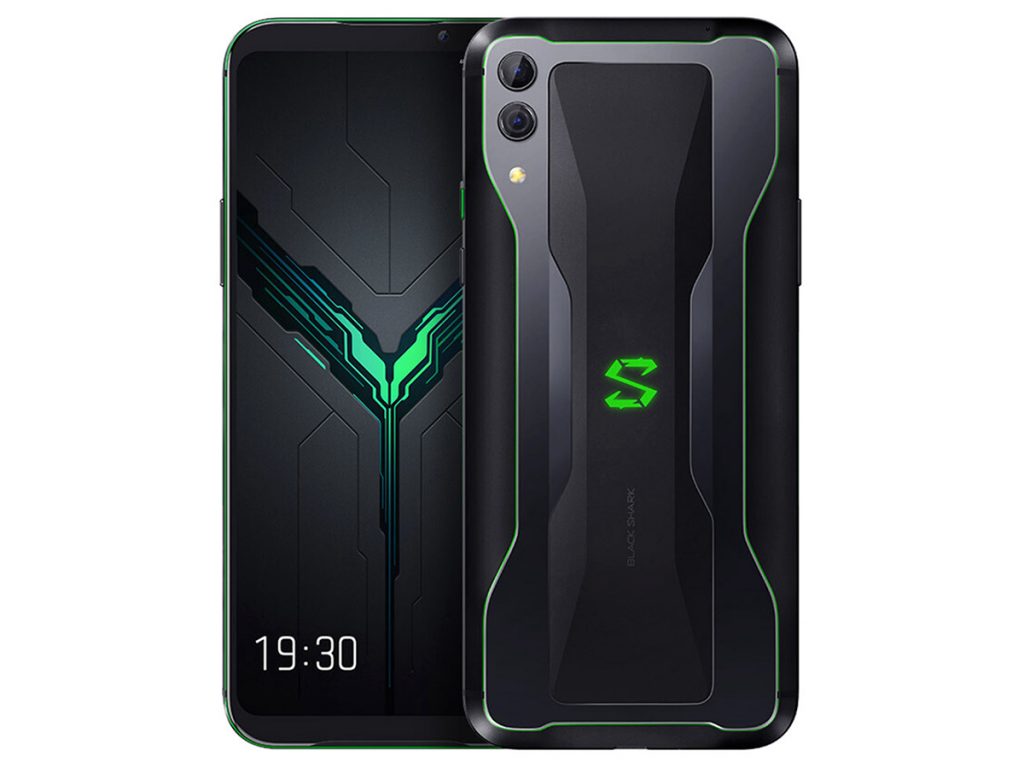

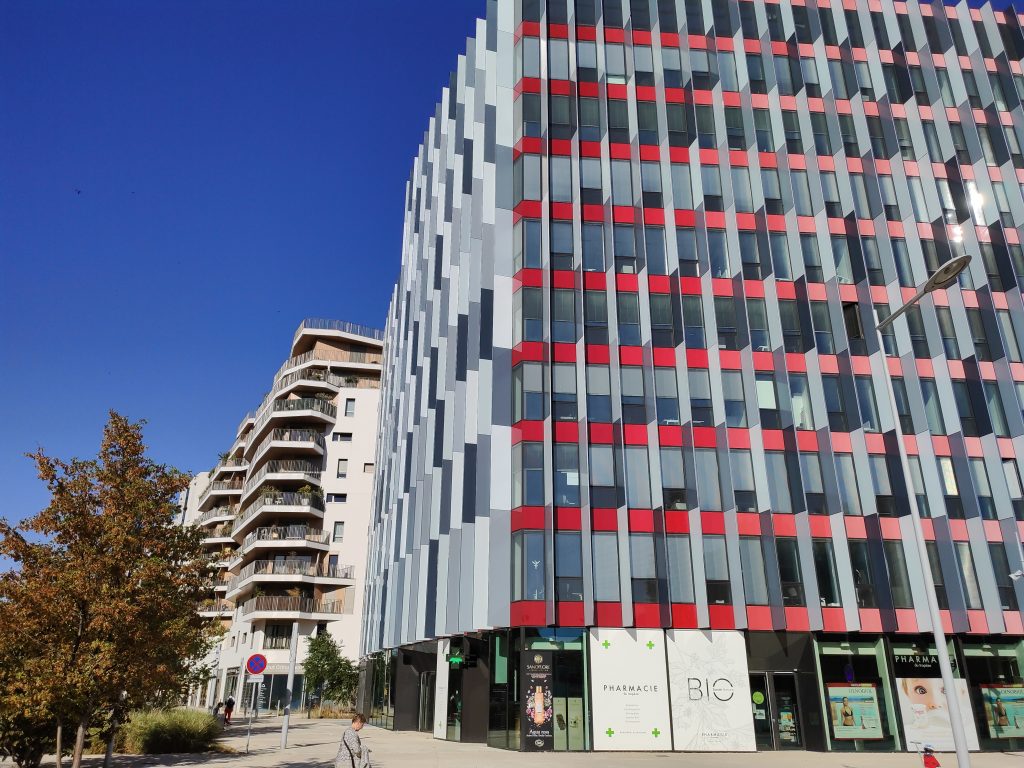
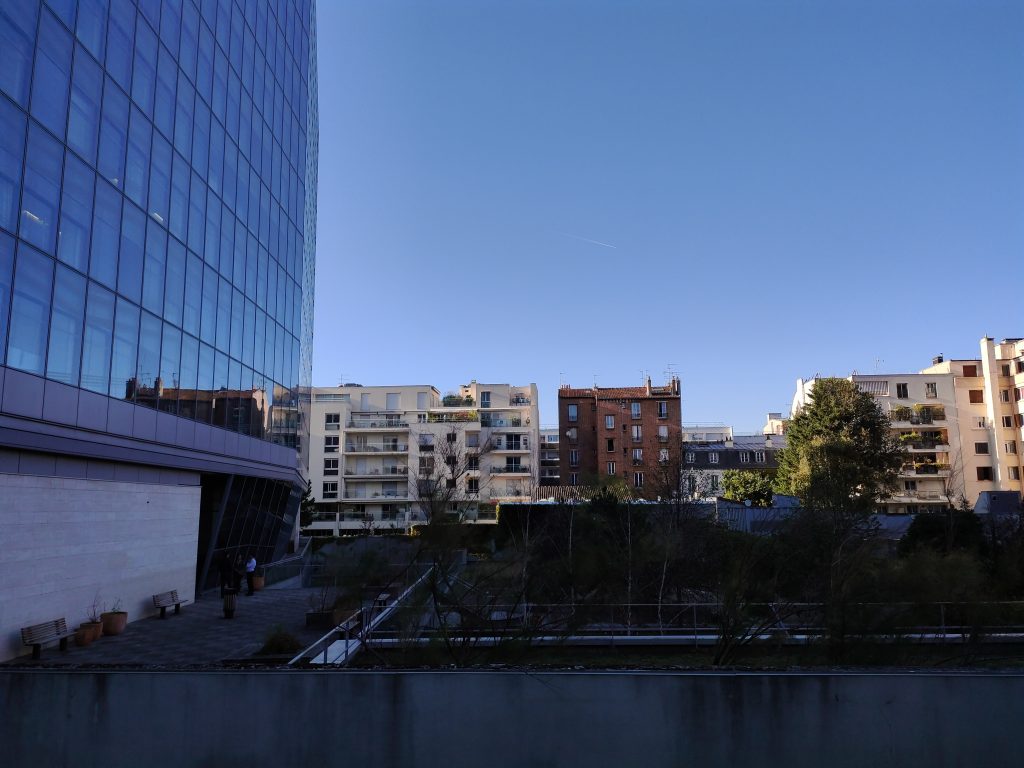
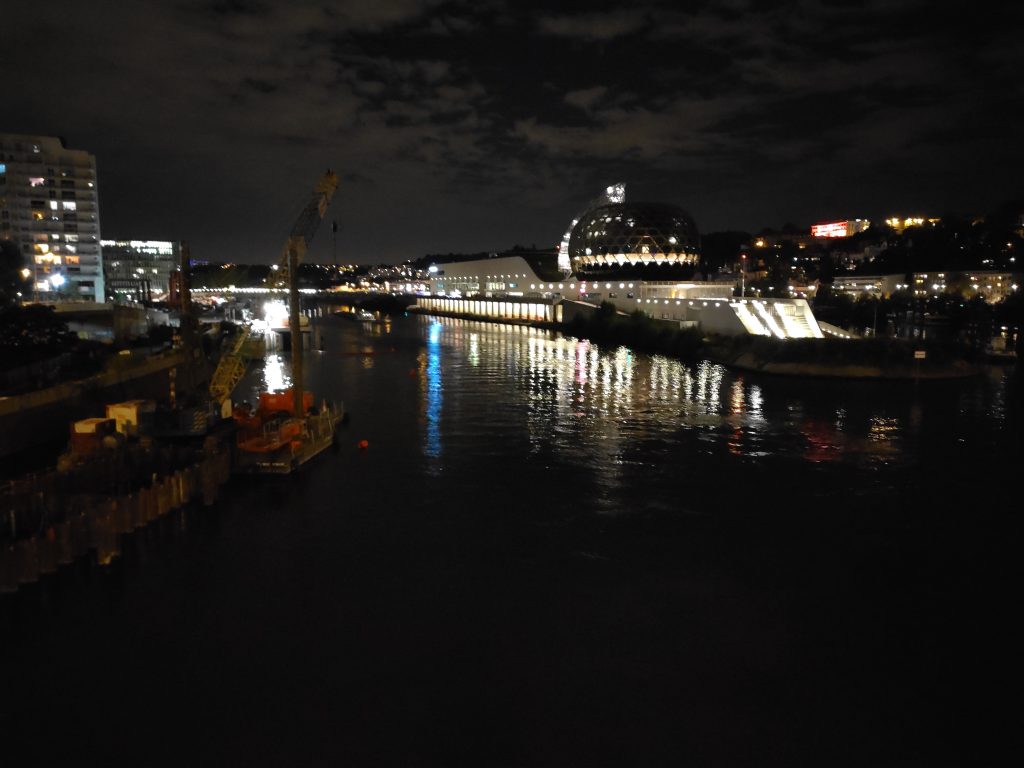








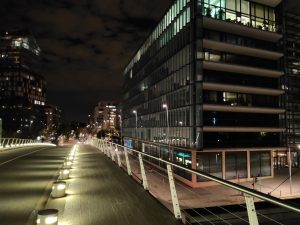
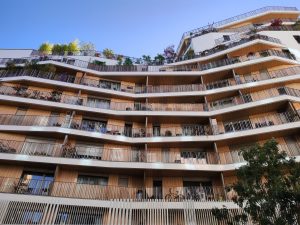
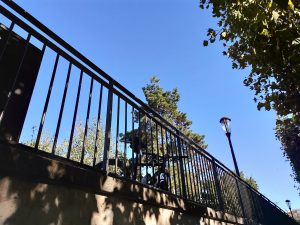








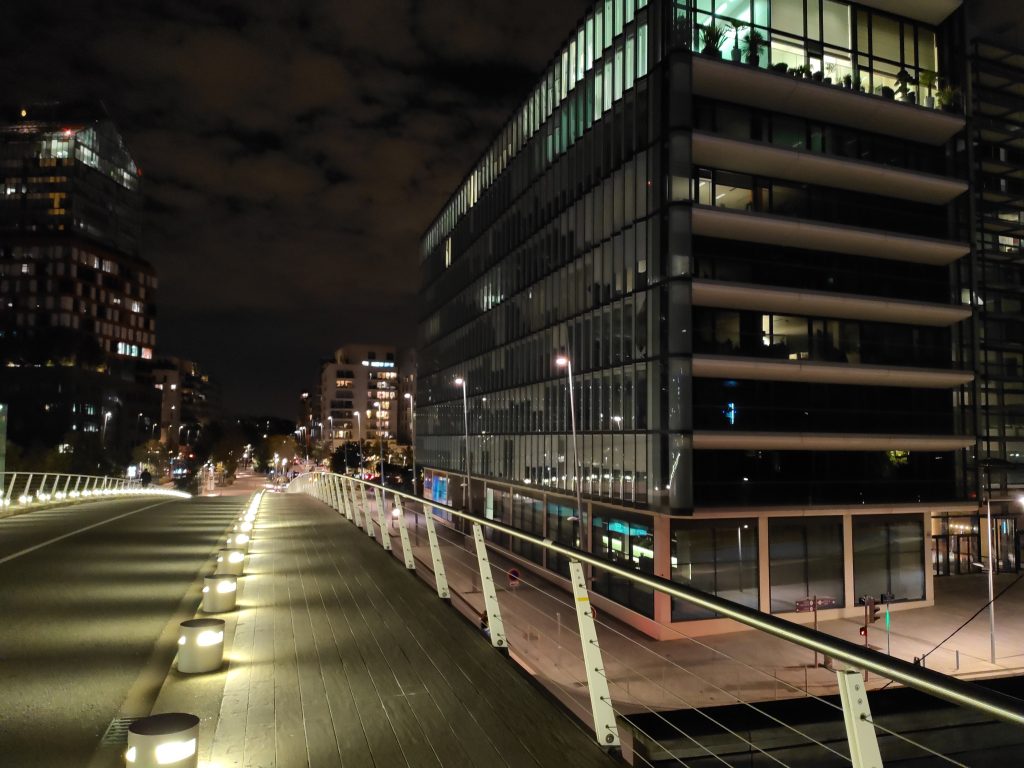



DXOMARK encourages its readers to share comments on the articles. To read or post comments, Disqus cookies are required. Change your Cookies Preferences and read more about our Comment Policy.